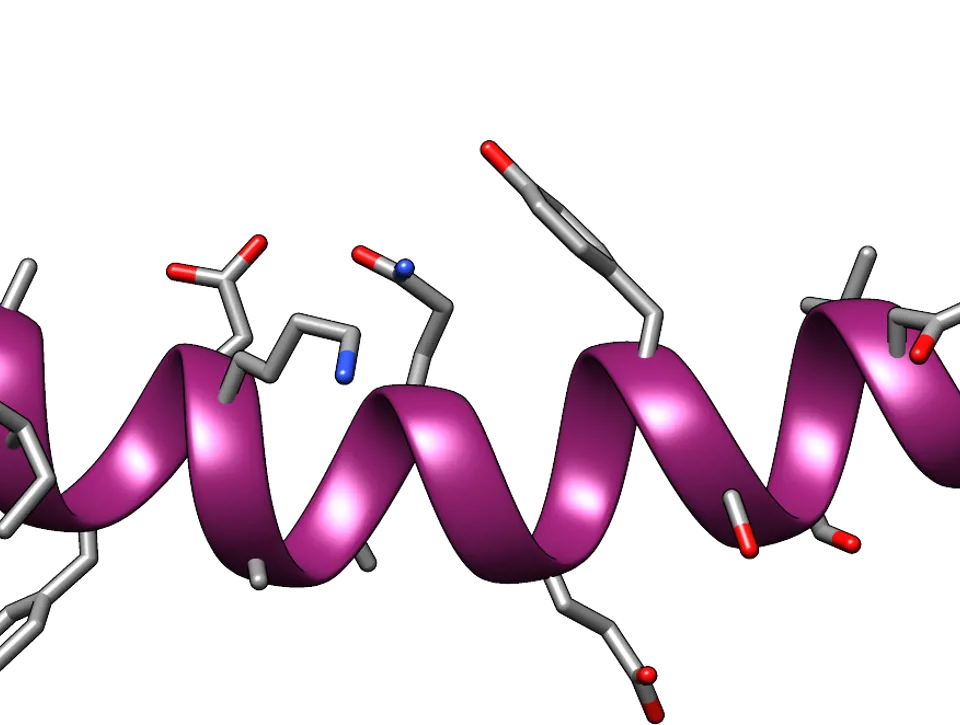
Peptide Therapeutics
Although low molecular weight means less complexity, peptide-based therapeutics are by no means a product that's easy to develop.
Overcoming an inherently low stability, which contributes to rapid degradation and clearance in-vivo, and being in control of self-aggregation demands for characterization techniques that reliably monitor structural integrity. CD spectroscopy is well-suited for this purpose, and Chirascan systems provide the required sensitivity.

